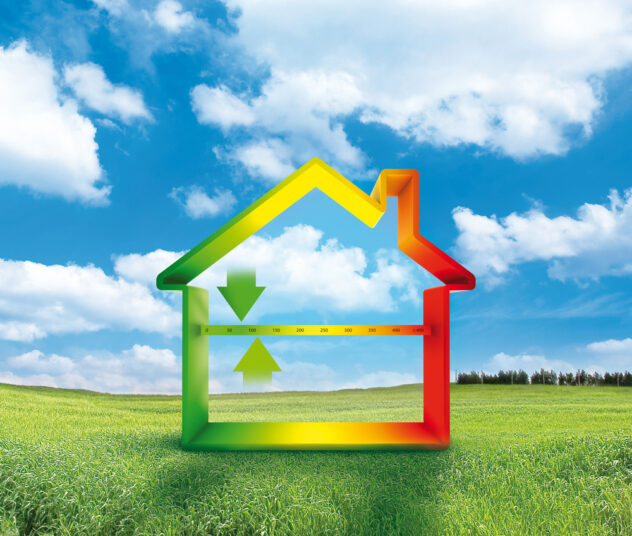A Guide to Constructing an Energy-Efficient House in 2024
Energy-efficient housing is no longer just a trend; it’s a necessity in the face of climate change and rising energy costs. As we enter 2024, the demand for sustainable construction practices continues to grow, driving innovation in the building industry. Among the key components of such homes, aluminium doors and windows stand out as indispensable features, offering a range of advantages that contribute to both energy savings and sustainability.

In this article, we’ll delve into the various aspects of constructing an energy-efficient home, exploring everything from initial design considerations to ongoing maintenance and the latest technological innovations.
Planning and Design
Before breaking ground, meticulous planning and thoughtful design are essential. Site selection and orientation play crucial roles in optimising natural light and minimising energy consumption.
Passive solar design principles harness the sun’s energy for heating and cooling, while strategic building envelope optimisation ensures minimal thermal transfer. Utilising green building materials further enhances the eco-friendliness of the project.
If your architects and construction firm are aware of your eco-friendly principles they can work towards building an energy-efficient home.
All of this starts at the planning and design stage of construction, so make sure it is right.
Energy-Efficient Systems
Investing in high-efficiency heat pump systems, smart thermostats, and solar panels are key components of an energy-efficient home. Geothermal heating and cooling options in ground heat pumps provide sustainable alternatives to traditional HVAC systems, further reducing reliance on fossil fuels.
Build these systems into the design of your house and you will reap the benefits for years to come.
Insulation and Air Sealing
Proper insulation and air sealing are paramount for maintaining consistent indoor temperatures and reducing heating and cooling loads. Various insulation materials and air-sealing techniques are available to maximise energy efficiency.
According to Building Regulations in the UK, new builds are required to measure buildings with an Air Permeability Test. New homes need to achieve a 5 m³/hr.m² or less rating. However, the better your air sealing rating the more energy-efficient your home is.
Windows and Doors
Energy-efficient windows and insulated doors significantly minimise heat loss and maximise natural light. They are the main area of a dwelling that loses heat, so getting them right is critical for energy efficiency.
Double or triple-glazed windows will allow your house to maintain good heat retention. For doors, there are several options, but aluminium doors have a surprising range of qualities for energy efficiency.
Lighting Design
LED lighting fixtures, automated controls, and daylighting strategies contribute to energy savings and create a comfortable living environment. Smart lighting solutions adapt to occupants’ needs while minimising day-to-day energy consumption.
Appliances and Electronics
Choosing appliances with an energy label highlights the energy consumption for that particular appliance. You will find energy labels that show a grade from A to G on these appliances:
- Ovens
- Freezers
- Fridges
- Dishwashers
- Washing machines
- Dryers
- Televisions
Energy monitoring systems, like smart meters, provide real-time insights into energy usage. These can help homeowners understand how to make their homes more energy efficient.
Landscaping and Outdoor Features
Often forgotten about are the outdoor areas of your house for energy efficiency. Sustainable landscaping practices, such as native plantings and permeable surfaces, complement the energy-efficient design of the home. Outdoor living spaces seamlessly integrate with the surrounding environment while minimising water usage and environmental impact.
Energy Audits
Regular energy audits and proper maintenance are essential for preserving the home’s energy-efficient features and maximising longevity. Homeowners can do this themselves with a smart meter. Upgrading technologies as they evolve ensures that the home remains at the forefront of energy efficiency.
Cost Considerations and Incentives
While upfront costs may be higher for energy-efficient construction, the long-term savings in energy bills and maintenance costs outweigh the initial investment. Government incentives and financing options further offset the costs, making sustainable buildings more accessible to homeowners. So, when embarking on a project check for incentives that will help reduce construction costs.
Conclusion
Building an energy-efficient house in 2024 requires a holistic approach encompassing planning, design, technology, and ongoing maintenance. By prioritising sustainability and embracing innovative solutions, homeowners can create a comfortable, environmentally responsible home for generations to come.


